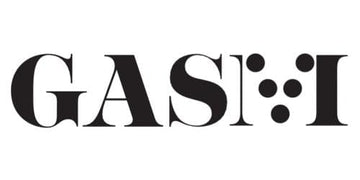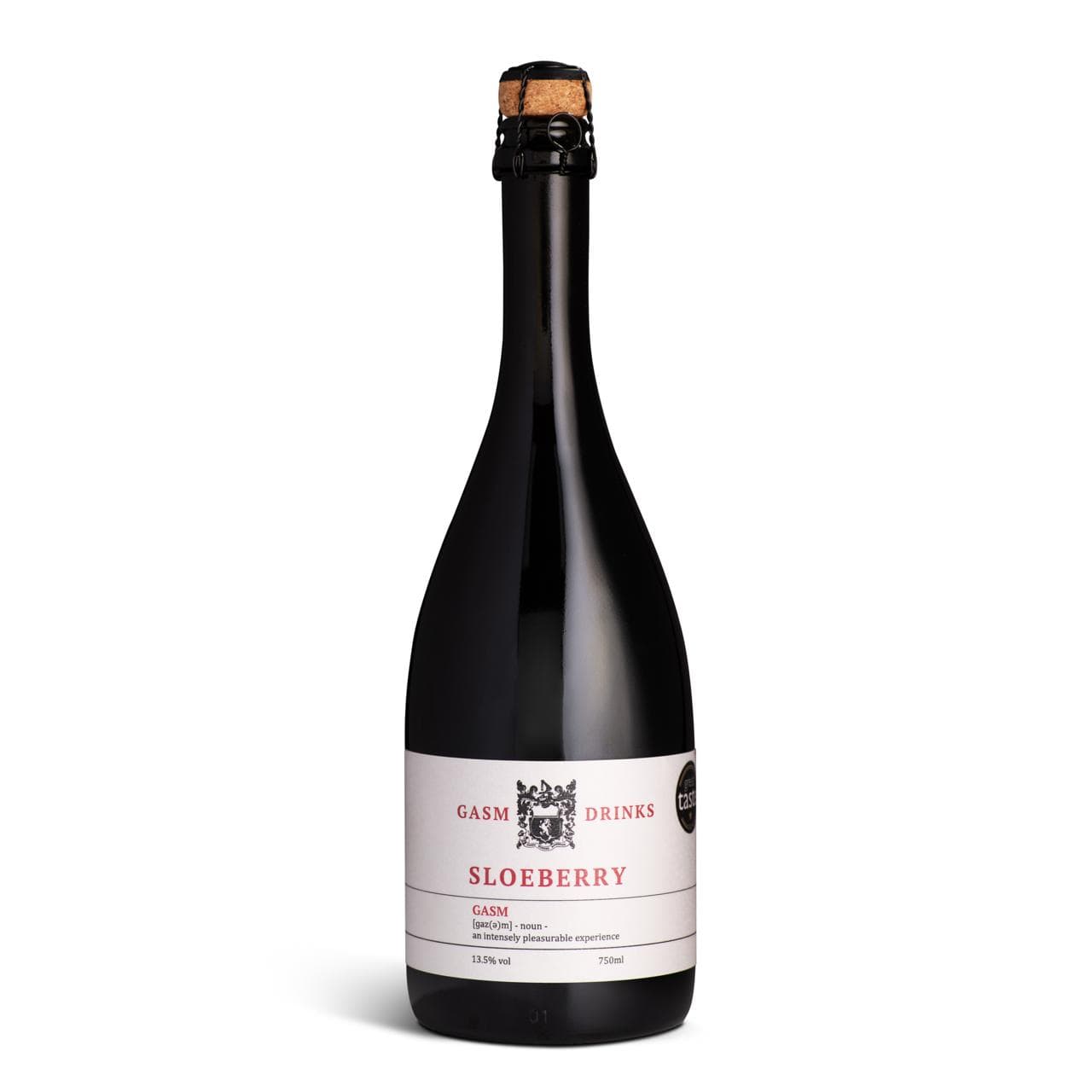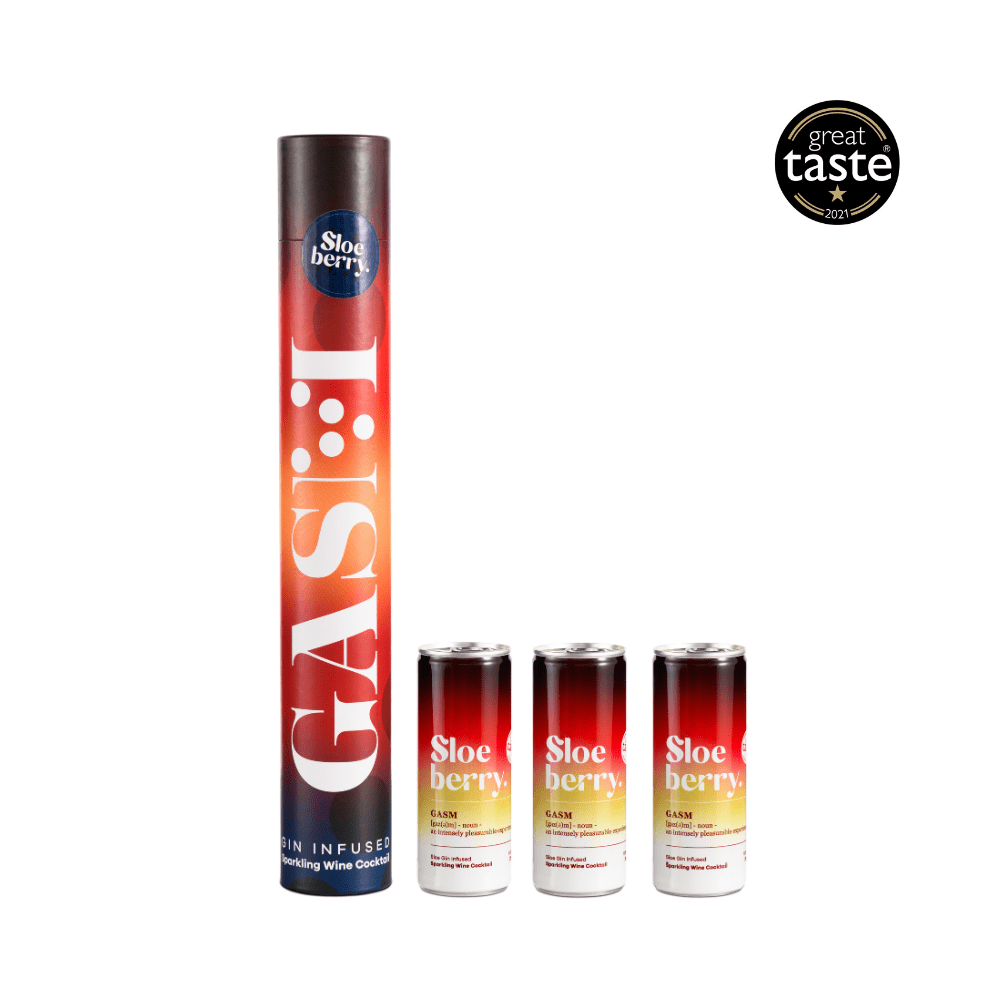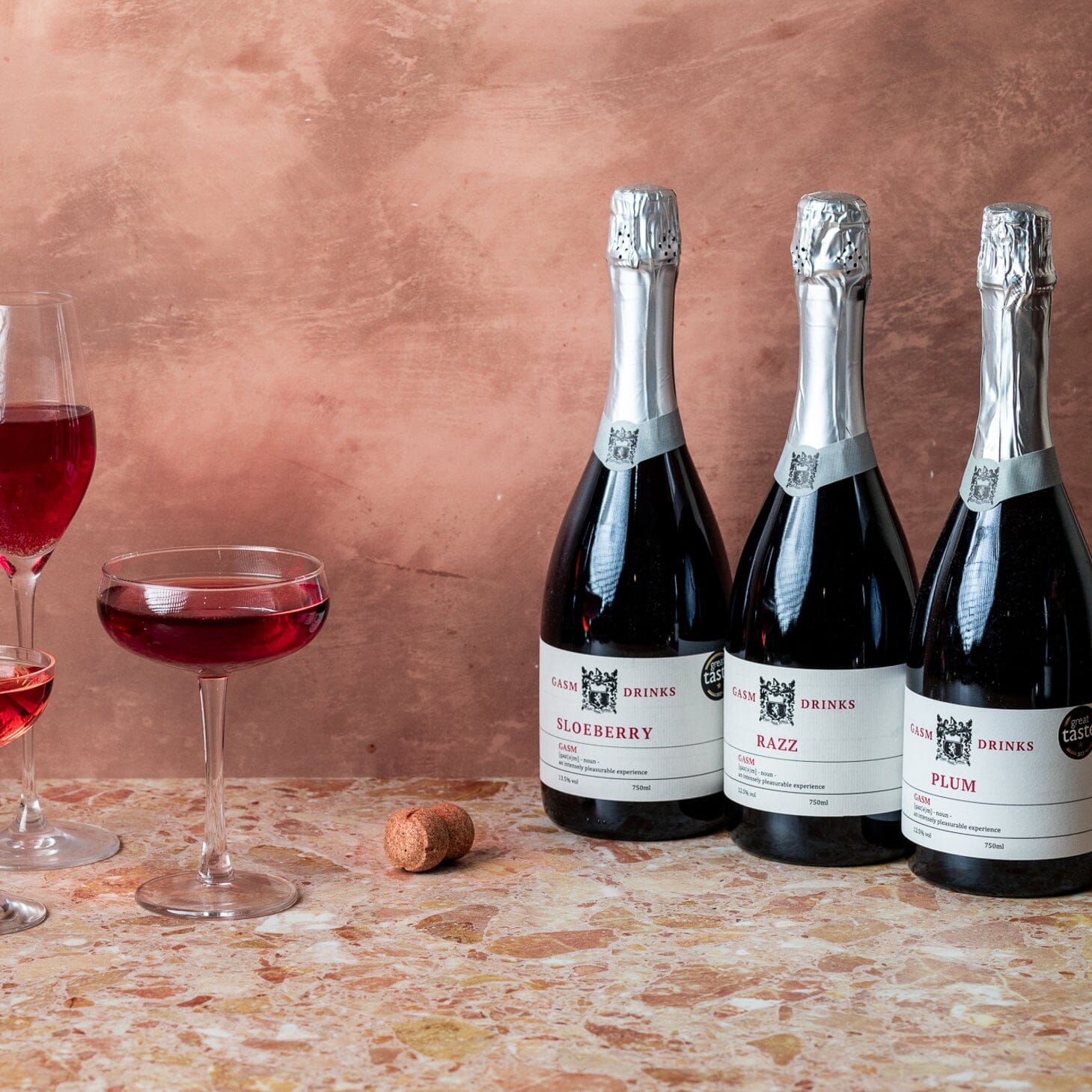Breaking into Bubbles: Your Sparkling Wine Adventure
With more time on your hands at the moment than you might like, why not put it to good use and learn more about your favourite tipple, sparkling wine?
Sparkling wine, the official libation of celebration comes in many forms - champagne, Prosecco, cava, trento DOC or even crémant, and all of them are enjoying a steady uplift in sales, and have been for a few years.
The popularity of sparkling wine, the official name for the category that any type of fizzy wine, including champagne, falls into, has reached such dizzy heights, that more than 2 billion bottles of the stuff are sold each and every year.
But drinking bubbles doesn’t need to be the preserve of a celebration. There is a sparkling wine to suit all budgets and tastes - you no longer have to save your fizz for a special occasion. Why not pop the cork on a bottle of bubbles and enjoy a glass with a midweek meal (no, really, you can do that!)
But what is the difference between the different types of sparkling wine and why can’t they all just be called champagne?
What’s in a name?
Just because your wine contains bubbles, doesn’t automatically make it champagne. In fact, champagne can only legally be called champagne when it’s produced in the Champagne region of France, and only then when it’s been produced to certain specifications.
One of the major differences between the different sparkling wine products is where they originate - the country or even the region of origin is usually what determines the name of a particular sparkling wine.
France, for instance, will only recognise sparkling wines produced from certain regions - champagne from Champagne, crémant from the Burgundy, Alsace, Loire or Bordeaux regions of France. Italy also only recognises certain sparkling wines based on their origin - Franciacorta from the Lombardy region, Trento DOC sparkling wines from Trentino and Prosecco Spumante from Veneto, for example.
How is sparkling wine made?

So is the difference between the different sparkling wines simply their place of origin? No. The difference between sparkling wines extends beyond their individual category names to the type of grapes used, even the base wines they’re made from.
Also, the variations in the different sparkling wines can also be credited to the different production methods employed to produce them.
Sparkling wine may be an easy drink to imbibe, but its production is much more complicated, requiring two separate fermentations - first vintners need to make the wine and then that wine needs to be fermented to add in the bubbles.
The two main methods used to make sparkling wine are the methode traditionelle (also known as the Méthode Champenoise), and the tank method (also known as the Charmat Method).
Different types of sparkling wine
Champagne
Only sparkling wine made from grapes (chardonnay, pinot noir and pinot meunier) grown in the Champagne region of France and produced under the rules of the appellation using the methode traditionelle, can be officially labeled ‘champagne’.
One of the reasons that champagne is so expensive is down to the strict rules and regulations surrounding the growing and harvesting and processing of the grapes that are used to make this sparkling wine.
Prosecco
This fruity, slightly sweet sparkling wine is Italy’s most popular export and the fizz of choice for many people as it’s much cheaper than champagne, but still gives off the image of luxury.
The preserve of many brunch tables, prosecco is produced from Glera grapes and fermented in a tank (the tank method), which is a much more cost effective way to ensure the wine is filled with sparkle, as opposed to the methode traditionelle (as used to make champagne).
The tank method creates more effervescent bubbles in prosecco, as opposed to the gentle ones most commonly found in champagne.
For something with a little twist, why not try our Gin-infused Processco Bottles? We have a range of flavours to choose from, including Sloeberry, Raspberry, and Plum.
Cava
Spain’s equivalent of prosecco, this sparkling wine comes from the Catalonia region and is made from three different types of local grapes - macabeo, parellada, and xarel-lo.
Cava is much sharper than prosecco, making it the ideal drinking partner for many different types of foods from breakfast eggs and bacon to a light salad at supper.
Trento DOC
This is a more refined Italian sparkling wine, made using the methode traditionelle and produced from grapes grown in the Italian Alps. Trento DOC is a richer wine with a fuller body than prosecco and not so sweet. Its sharp acidity makes it the perfect accompaniment to many pasta dishes.
Crémant
Champagne isn’t the only sparkling wine to come out of France. France is also the home of crémant, a fizzy wine made using the methode traditionelle. 8 regions of France make crémant, all using different grape varieties which gives their particular crémant a unique flavour.
To learn more about our sparkling wines and what they have to offer, check out our blog.




